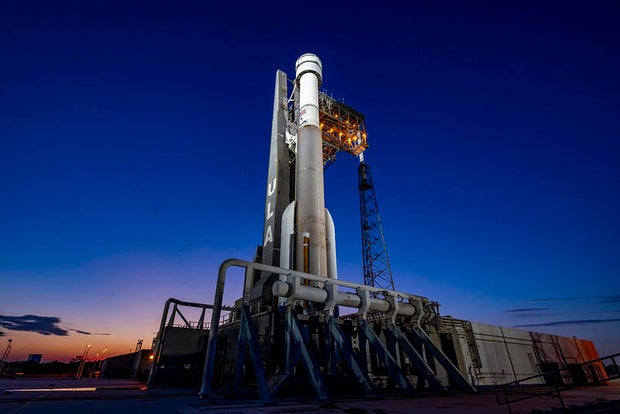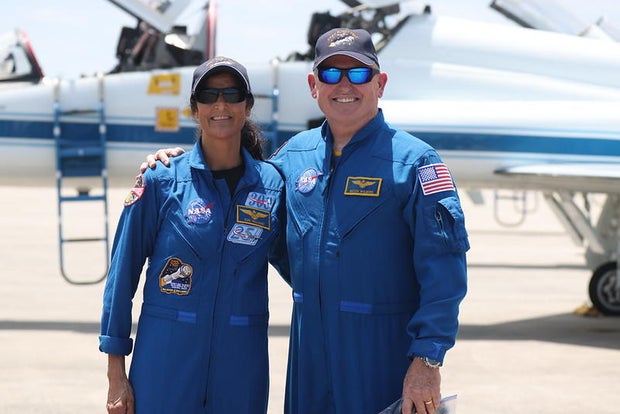A United Launch Alliance Atlas 5 rocket was prepared for liftoff on Wednesday in a third attempt to lift Boeing’s long-delayed Starliner crew capsule into orbit for its first piloted test flight, a cruise to the International Space Station.
NASA commander Barry “Butch” Wilmore and co-pilot Sunita Williams, both former Navy test pilots, planned to arrive just after 8 a.m. EDT to await liftoff at 10:52 a.m. This is approximately the moment when the Earth’s rotation aligns the platform with the space station’s orbit — a requirement for rendezvous missions.
United Launch Alliance
Once in orbit, the astronauts plans to test Starliner’s manual controls before closely monitoring a 25-hour automated rendezvous with the station, reaching behind and below before docking at the laboratory’s forward port at 12:15 p.m. Thursday. If all goes well, the Starliner and its crew will return to Earth on June 14th.
The long-awaited flight marks the first launch of an Atlas 5 with astronauts on board and the first in the Atlas family of rockets since astronaut Gordon Cooper blasted off on the final flight of the Mercury program 61 years ago.
It also marks the first piloted flight of the Starliner, Boeing’s answer to SpaceX’s Crew Dragon, an already operational and cheaper spacecraft that has carried 50 astronauts, cosmonauts and civilians to orbit in 13 flights, 12 of them to the space station, from a initial piloted test flight in May 2020.
NASA ordered two spacecraft from different suppliers to ensure uninterrupted transportation to and from the space station, even if some sort of problem grounded one company’s ferry. Despite a larger contract with NASA, Boeing’s Starliner is four years behind SpaceX in taking astronauts to space.
But Wilmore and Williams say the spacecraft is now safer and more capable thanks to numerous upgrades and fixes.
NASA
“I’m not going to say it was easy. It’s kind of an emotional roller coaster,” Williams said before the crew’s first launch attempt. But, she added, “we knew we would get here eventually. It’s a solid spacecraft. I don’t think I would really want to be anywhere else right now.”
The final push into orbit was slowed by last-minute problems with Atlas 5, Starliner and a launch pad computer system.
A Test launch on May 6 it was derailed by a suspicious pressure relief valve on the Atlas 5 Centaur’s upper stage. The valve was replaced, but concerns about a small helium leak in the Starliner’s propulsion system delayed a second attempt until June 1.
O second time out there, problem with one of the three terrestrial computers used to orchestrate the final minutes of the countdown triggered another exfoliation. The computer hardware was replaced, paving the way for a third launch attempt on Wednesday.
po noticias
entretenimento ou entreterimento
esporte net vip com br
logos gratis
fernanda lobo
logotipo instagram
escudo flamengo png

























